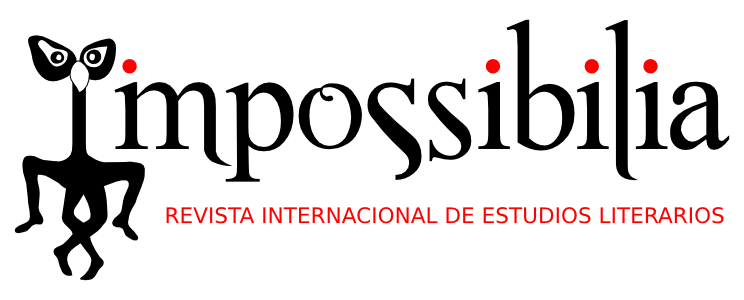Deaths of the author. From the Origins of Photography to Autofiction
Abstract: In literature and the visual arts, autobiography and photography have traditionally been vested with an aura of archival authenticity. As a category of contemporary autobiography that claims its own fictionality, autofiction breaks this assumption. Self- portrait photography, too, since its origins, has challenged its own documentary status. The point of departure for this article is the first self-portrait photograph, A Drowned Man (1840), whereby the artist, Hippolyte Bayard, stages his own imaginary death. Then, I show that self-representation has become a recurring concern in autobiography, and more precisely in autofiction, since the proclamation of the “death of the author�? by poststructuralist thought. After rethinking the foundations of autofiction through works by Roland Barthes, Jorge Semprún and Javier Marías, among others, I contend that this indecisive mode of life narration reminds us of Bayard’s original project. Autofictional writings re-stage the death of the author with variations. I claim that, while these visual and textual narratives suggest that self-representation is only made possible through fictionalization, they also assert the presence of the author by symbolically illuminating his very absence.
Keywords: autofiction, death of the author, authorship, photography and literature, contemporary Spanish literature, autobiography, Hippolyte Bayard, Roland Barthes, Jorge Semprun, Javier Marias
Impossibilia. Revista Internacional de Estudios Literarios, Nº 13, páginas 131-148 (Mayo 2023) ISSN 2174-2464. Artículo recibido el 28/12/2016, aceptado el 20/03/2023 y publicado el 30/05/2023.




